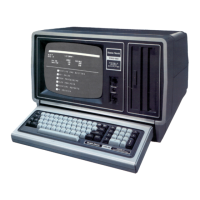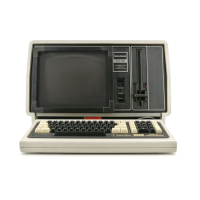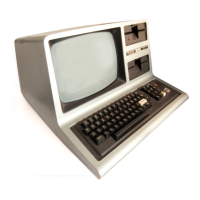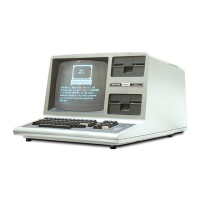x is the number of lines of patch code that were installed.
Since there
is
no
filespec used for the patch code, the name CLP
(Command Line Patch)
is
assigned to the patch code. You can use
this name to later YANK the patch from MONITOR/CMD.
Error Conditions
It
is important that you do not patch a file more than once using the
same name for filespec2 because you cannot YANK the second
patch from the file.
We recommend that you name all patch files
in
a systematic manner
and that you use the extension /FIX for all of the files.
Using
BUILD
To
Create
a PATCH
File
You
can
use the BUILD library command
to
create a PATCH file.
(See the "Building a File" section of the BUILD library command.) A
PATCH file
can
contain only ASCII characters.
Each line
in
a patch file
is
either a patch command or a comment.
Comment lines begin with a period and are ignored
by
the patch
utility. Use comments
in
patch files
to
document the changes that you
make.
You
can append a comment onto the end of a patch command
by
using a semicolon
to
separate the two parts.
You
can also use SCRIPSIT to create a PATCH file. When you create
a PATCH file with SCRIPSIT, use the S,A type of save. SCRIPSIT
sometimes leaves extra spaces after the last carriage return
in
a file.
To remove the extra spaces, position the cursor just after the last
carriage return
in
the file
and
do a delete to end
of
text.
Examples
These examples are used
to
show the syntax and development of the
PATCH command,
so
do not execute them.
PATCH
BACKUP/CMD:0
USING
SPECIAL/FIX
(ENTER)
The data
in
BACKUP/CMD
on
Drive 0
is
changed
to
23 3E 87
beginning
at
hexadecimal 6178. The data beginning at hexadecimal
61
A0
is
changed
to
FF
00
00.
This is
an
example of a memory load
location patch,
and
since the patch is added onto the end of
BACKUP/CMD,
you
can use the YANK parameter
to
remove
it.
Use the BUILD library command
to
create the following PATCH file
named TEST/FIX:
.This patch modifies the SYS2 module.
D0B,49
=
EF
CD
44 65:F0B,49 =
DO
3A 33 44
D0B,55
=
C3
00 00:F0B,55 =
EF
44 55
.End of patch
Now, type
in
the command line:
PATCH
SYS2/SYS.
PASSWORD
US
I
NG
TE>:T
/ F
O(
(ENTER)
1-98
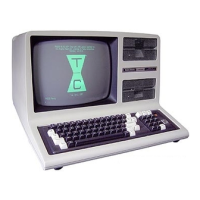
